Ariselu
Recipe prepared by Smt Mani Kumari
*****
Article written by Lakshmi Aparna
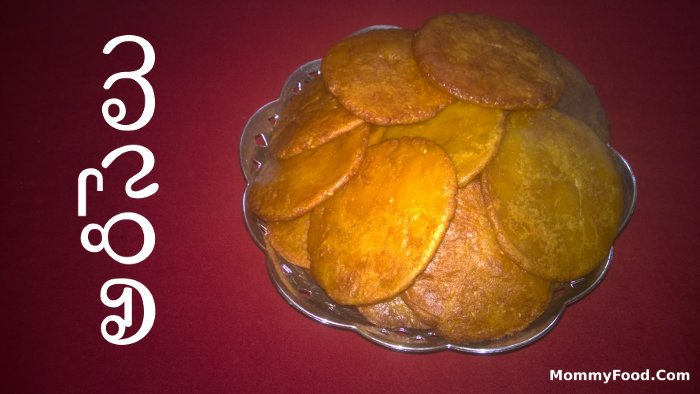
Nethi Ariselu
Ariselu is a beloved traditional sweet from South India, particularly prepared during the festive season of Makara Sankranti. Its rich flavors and delightful texture make it a favorite choice not only for festivals but also for special occasions like weddings. This sweet delicacy comes in three delightful variants, each offering a unique taste experience.
Types of Ariselu
- Soft Nethi Ariselu: Prepared exclusively with ghee, these Ariselu are exceptionally soft and irresistibly tasty.
- Semi-Crispy Ariselu: A combination of oil and ghee in equal proportions creates a delightful crispy outer layer while maintaining a soft inner texture.
- Crispy Ariselu: Made solely with oil, these Ariselu are the crispiest variant, offering a crunchy bite.
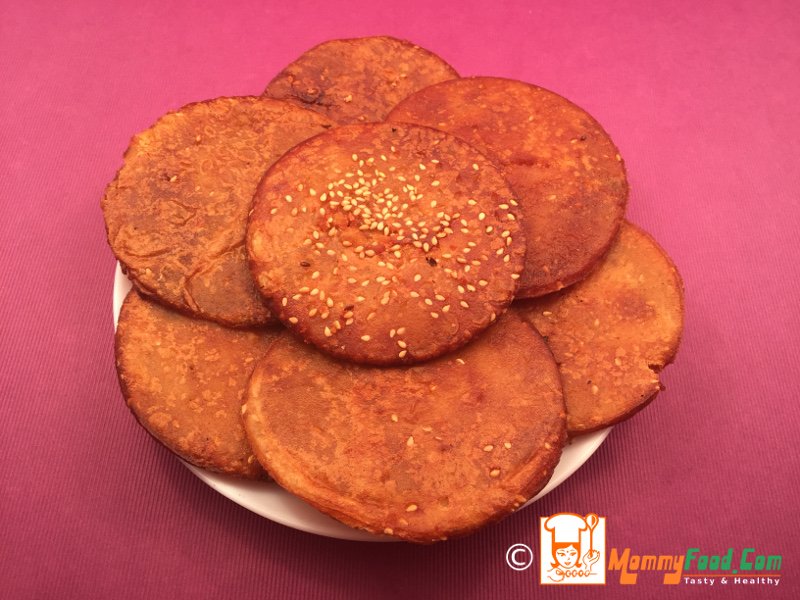
Crispy Ariselu
In this recipe, we utilize Sesame Seeds (Nuvvulu), which are known to generate heat in the body, making them perfect for the winter season. If you prefer, you can substitute them with Poppy Seeds (Gasagasalu) for a different flavor profile.
Preparation Details
- Soaking Time: 36-48 hours
- Preparation Time: 30 minutes
- Yield: Approximately 50 pieces (depending on size)
- Number of Persons Required to Cook: Minimum 2, preferably 4
Quick Navigation:
- Ingredients
- Procedure
- Step 1: Soaking the Rice
- Step 2: Drying and Grinding the Rice
- Step 3: Preparing the Jaggery Syrup
- Step 4: Cooking the Syrup
- Step 6: Heating the Ghee
- Step 7: Forming the Dough
- Step 8: Preparing the Shaping Surface
- Step 9: Shaping the Ariselu
- Step 11: Removing the Ariselu
- Step 12: Extracting Excess Oil
- Step 13: Final Touch
- Frequently Asked Questions
Ingredients
Laavu Paata Bhiyyam (Old Fat Rice, Chawal): 2 Kgs
Note: The rice should be at least 1 year old for the best results.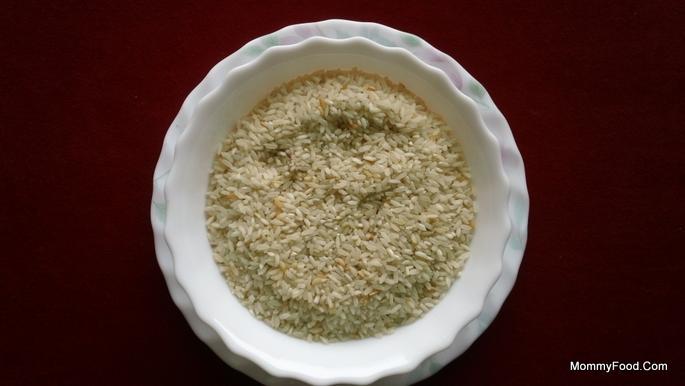
Bellam (Jaggery, Gud): 1 kg
Note: Achu bellam yields the best flavor.
Nuvvulu (Sesame Seeds, Thil): 100 grams
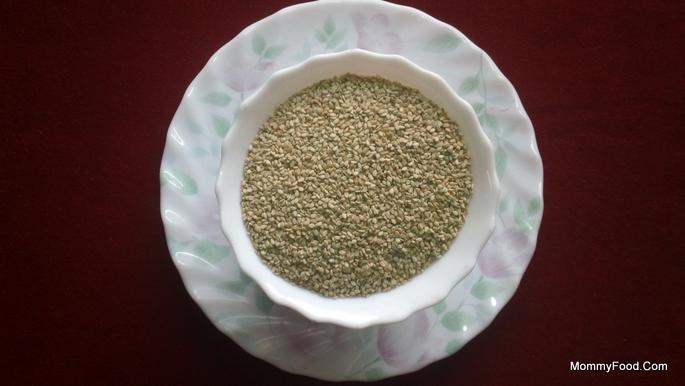
Nune (Oil, Thel) or Neyyi (Ghee, Clarified Butter): 1 kg
(Rice Bran Oil is recommended as it absorbs less oil based on our observations over the years.)
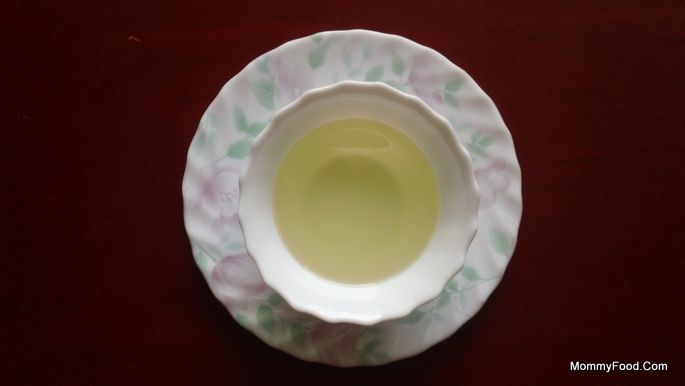
Arisela Chakkalu: For extracting excess oil
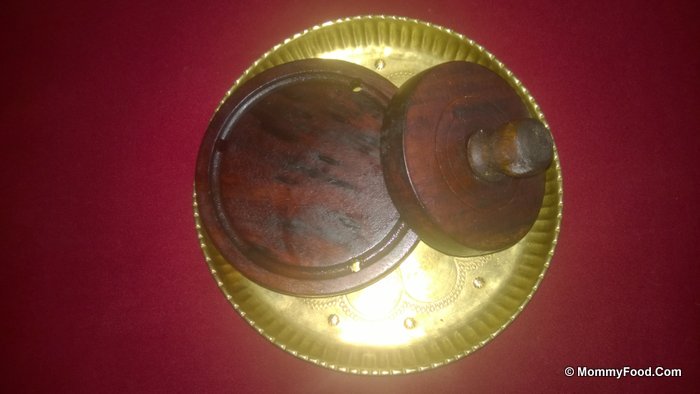
Procedure
Step 1: Soaking the Rice
Soak the rice for two days. Clean it with water twice a day to ensure that the rice does not develop an odd smell.
Step 2: Drying and Grinding the Rice
After soaking, separate the rice from the water and place it on a clean, dry cloth in the shade to dry for 5 to 10 minutes. Blend the wet rice into a smooth powder.
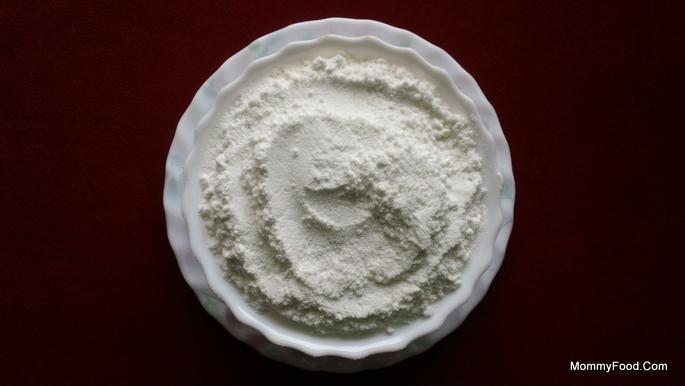
Step 3: Preparing the Jaggery Syrup
Add 1 kg of mashed jaggery and 250 ml of water to a thick-bottomed vessel and heat it on high flame. Once the jaggery melts completely, filter the syrup to remove any impurities.
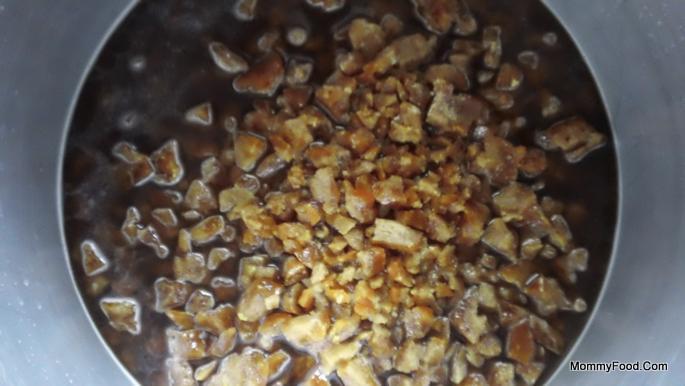
Meanwhile, fry the sesame seeds (nuvvulu) in a dry pan over medium flame for about 5 minutes, stirring continuously to release their aroma.

Step 4: Cooking the Syrup
Cook the filtered jaggery syrup while stirring continuously until it thickens to the desired consistency.
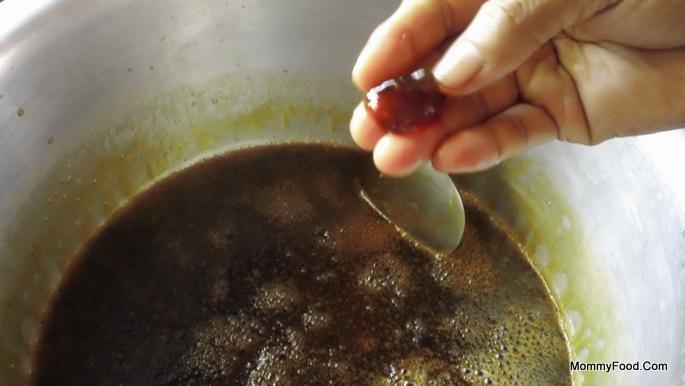
To check the consistency, drop a little syrup into a plate of water. If it settles at the bottom without melting, the syrup is ready.
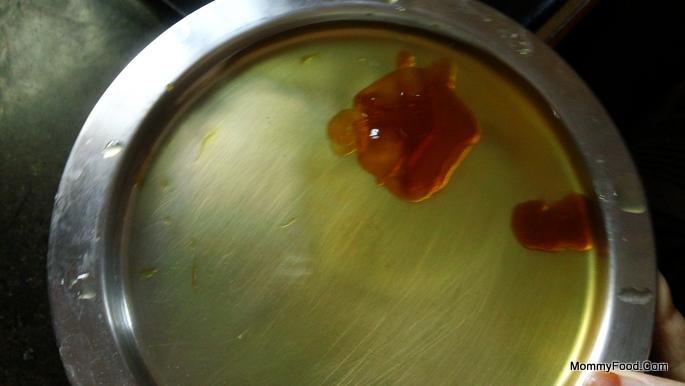
Step 5: Combining Ingredients
Once the syrup is cooked, remove it from the flame and set the vessel aside. Add 2 teaspoons of ghee and 100 grams of fried sesame seeds to the syrup.
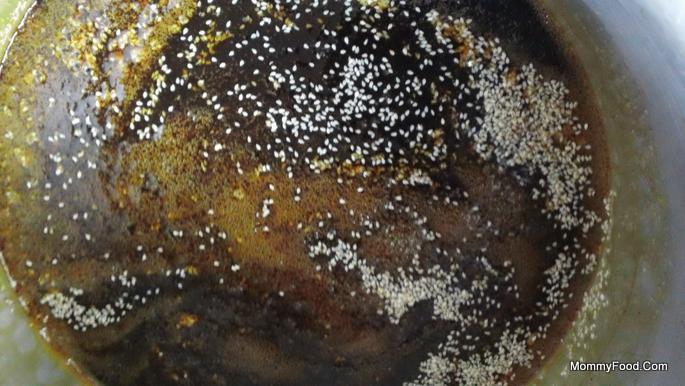
Person 1: Hold the mixing bowl tightly.
Person 2: Slowly add rice flour to the syrup.
Person 3: Mix thoroughly to ensure no lumps are formed until the mixture thickens.
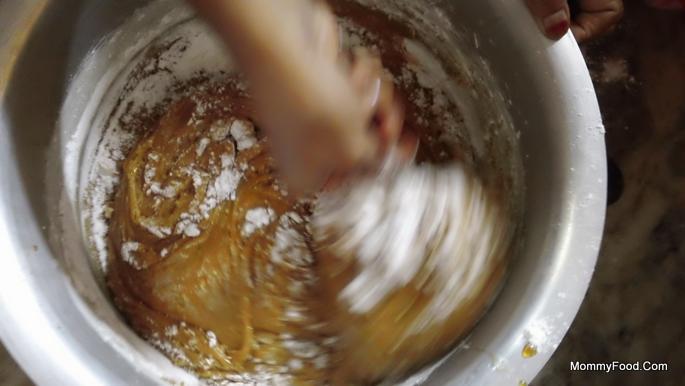
Step 6: Heating the Ghee
Meanwhile, heat approximately 1 kg of ghee in a small pan or kadai for frying the Ariselu.
Note: For soft Ariselu, use only ghee. For semi-crispy, use a 50:50 ratio of ghee and oil. For completely crispy Ariselu, use only oil.
Ensure that larger kadais have enough ghee or oil to fry properly, adding more as required.
Step 7: Forming the Dough
The mixture should reach a medium thickness. While it's still hot, take some dough in a small bowl and cover the remaining dough with a lid to prevent it from drying out. Repeat this process until all dough is used.
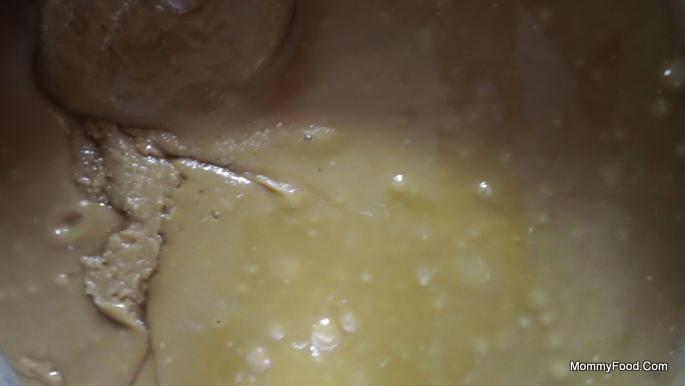
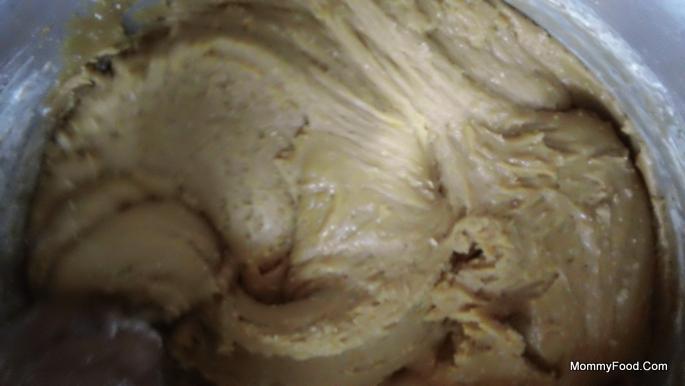
Step 8: Preparing the Shaping Surface
Take a thick plastic cover and apply half a tablespoon of oil to it to facilitate the shaping of the dough.
Step 9: Shaping the Ariselu
Person 1: Take a small portion of dough and form it into small balls (about the size of a large lemon).
Person 2: Press the dough balls into flat circular shapes using your hand.
Note: One person can efficiently manage both of these steps with practice.
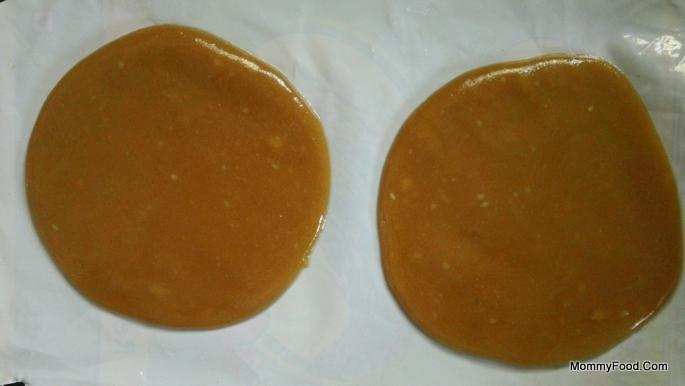
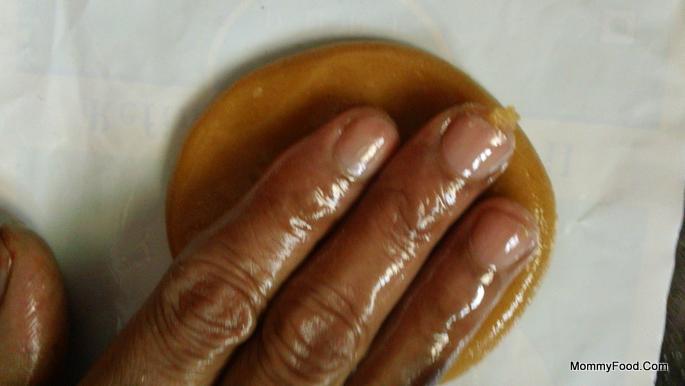
Step 10:
Person 2: Carefully place the circular rice cakes into the hot ghee or oil.
Person 3: Fry both sides until they turn a golden brown color over high flame.
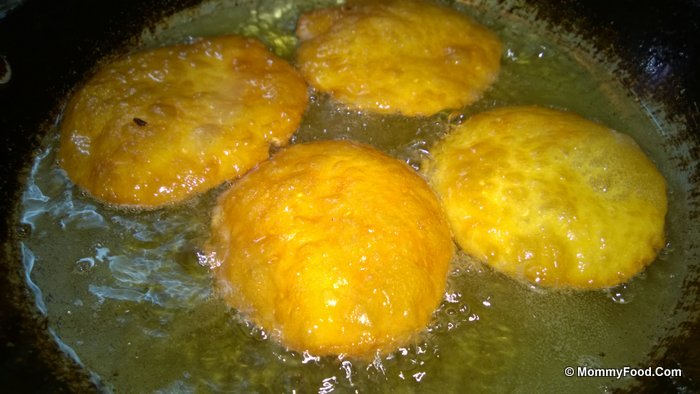
Step 11: Removing the Ariselu
Person 3: Remove the fried Ariselu using a slotted spoon.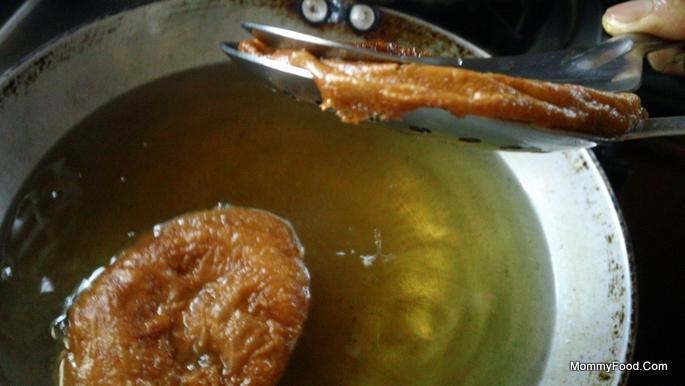
Step 12: Extracting Excess Oil
Person 4: Immediately press the fried Ariselu firmly with a wooden press to remove excess oil.
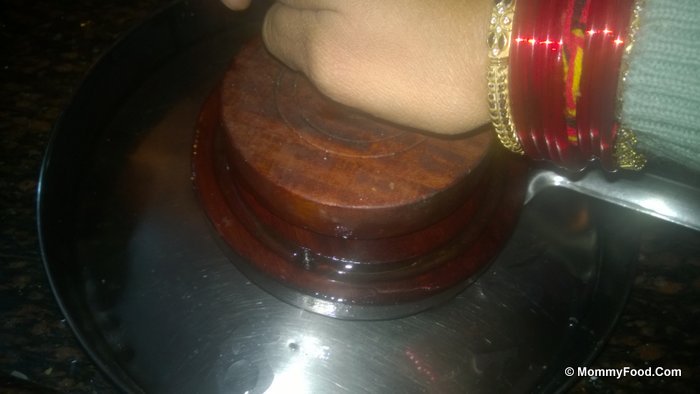
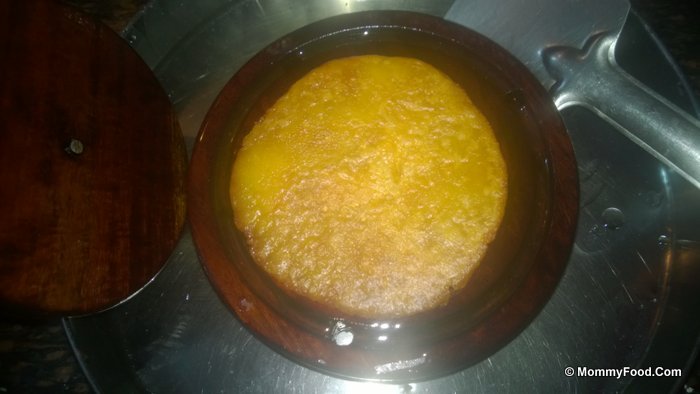
Note: Steps 11 and 12 require the assistance of two persons.
Step 13: Final Touch
Place the fried Ariselu on a tissue paper to absorb any remaining excess oil.
Delicious Rice Cakes (Ariselu) are now ready to be served! :)
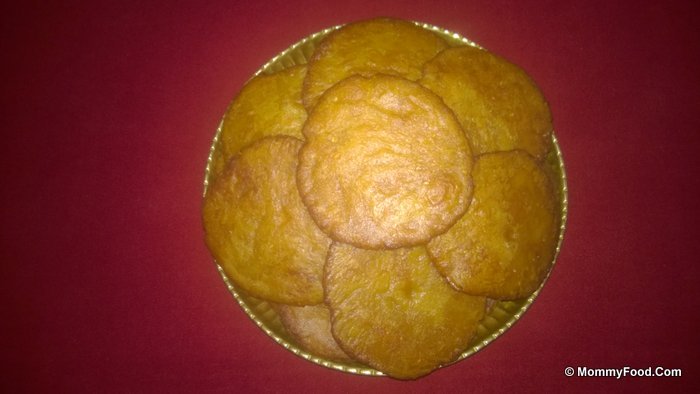
Nethi Ariselu
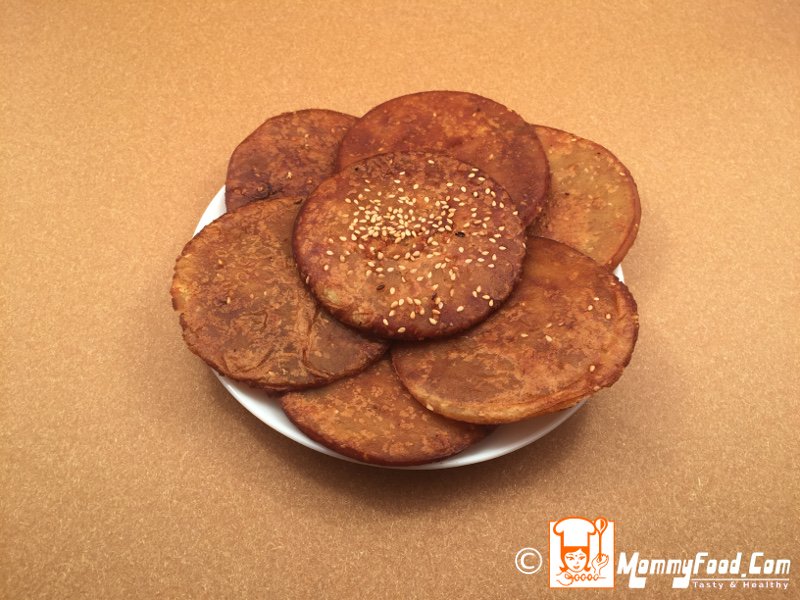
Crispy Ariselu
Note: Ariselu tastes best when served hot. Gently heat them on a tawa or in an oven before consuming.
Frequently Asked Questions
1. I do not have a wooden press. Can I use a roti maker to extract the excess oil instead of the wooden press?
A) The wooden press has holes to drain the extracted oil. A roti maker will hold the oil. With a little bit of trial and error, you can get it right by tilting the roti maker to drain the excess. Do remember NOT to press it too hard.
2. What if I fry them on low heat?
A) You should fry them on high flame; otherwise, they will absorb more oil.
3. It is bubbling up while frying!
A) If Ariselu are bubbling up, it means the rice is not old enough. You need to select OLD and FAT rice (lavu biyyam).
4. Can I use my home blender instead of a commercial blender (Girni)?
A) Well, both no and yes.
No, because if the blend is not smooth, the Ariselu will disintegrate as soon as they are placed into the oil for frying. Additionally, they will absorb a lot of oil.
Yes, if you have a capable blender that can achieve the same smooth consistency as a commercial blender.
5. How much jaggery for 1kg rice?
A) For 1 kg of rice, you need 500 grams of jaggery.
You will also need to add 250 ml of water. It is not necessary to use all the rice flour; the amount needed depends on the thickness of the dough. Start mixing rice flour into the jaggery syrup and stop when it reaches the right consistency. Sometimes, you might not need to use all the rice flour. "Thickness" is the key point here.
6. Key Instructions?
Some important things to remember:
A) Choose good quality jaggery (Bellam).
B) Select OLD and FAT rice (lavu biyyam).
C) Ensure the rice is powdered absolutely smooth.
D) Fry on high flame, not on low flame.
7. Can I use dry rice flour instead of wet?
A) Absolutely NO.
We hope this expanded and refined recipe helps you make perfect Ariselu. Enjoy this delightful South Indian sweet with your family and friends!
Like our recipes? You want us to do more?
Keep us running! Buy from our affiliate store:
US | Amazon Best Sellers & Deals
India | Amazon Best Sellers & Deals





Comments powered by CComment